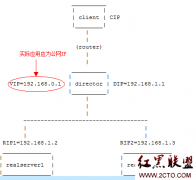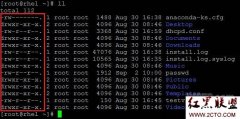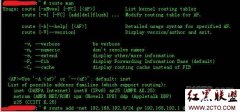Linux定时器的使用
Linux定时器的使用
Posted on 2010-03-20 17:40 feisky 阅读(1073) 评论(0) 编辑 收藏
使用定时器的目的无非是为了周期性的执行某一任务,或者是到了一个指定时间去执行某一个任务。要达到这一目的,一般有两个常见的比较有效的方法。一个是用linux内部的三个定时器,另一个是用sleep, usleep函数让进程睡眠一段时间,使用alarm定时发出一个信号,还有那就是用gettimeofday, difftime等自己来计算时间间隔,然后时间到了就执行某一任务,但是这种方法效率低,所以不常用。
alarm
alarm用在不需要经确定时的时候,返回之前剩余的秒数。
NAME
alarm - set an alarm clock for delivery of a signal
SYNOPSIS
#include <unistd.h>
unsigned int alarm(unsigned int seconds);
DESCRIPTION
alarm arranges for a SIGALRM signal to be delivered to the process in
seconds seconds.
If seconds is zero, no new alarm is scheduled.
In any event any previously set alarm is cancelled.
测试程序:
1 cat timer.c
2 #include <stdio.h>
3 #include <unistd.h>
4 #include <sys/time.h>
5 #include <signal.h>
6
7 void func()
8 {
9 printf("2 s reached.\n");
10 }
11
12 int main()
13 {
14 signal(SIGALRM,func);
15 alarm(2);
16 while(1);
17 return 0;
18 }
19
Linux内置的3个定时器
Linux为每个任务安排了3个内部定时器:
ITIMER_REAL:实时定时器,不管进程在何种模式下运行(甚至在进程被挂起时),它总在计数。定时到达,向进程发送SIGALRM信号。
ITIMER_VIRTUAL:这个不是实时定时器,当进程在用户模式(即程序执行时)计算进程执行的时间。定时到达后向该进程发送SIGVTALRM信号。
ITIMER_PROF:进程在用户模式(即程序执行时)和核心模式(即进程调度用时)均计数。定时到达产生SIGPROF信号。ITIMER_PROF记录的时间比ITIMER_VIRTUAL多了进程调度所花的时间。
定时器在初始化是,被赋予一个初始值,随时间递减,递减至0后发出信号,同时恢复初始值。在任务中,我们可以一种或者全部三种定时器,但同一时刻同一类型的定时器只能使用一个。
用到的函数有:
#include <sys/time.h>
int getitimer(int which, struct itimerval *value);
int setitimer(int which, struct itimerval*newvalue, struct itimerval* oldvalue);
相关新闻>>
- 发表评论
-
- 最新评论 进入详细评论页>>







